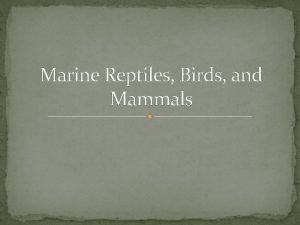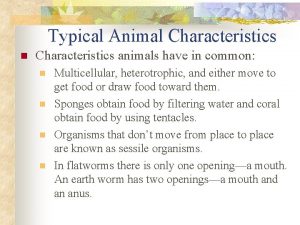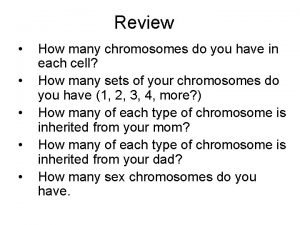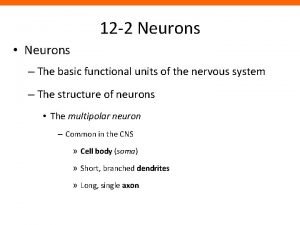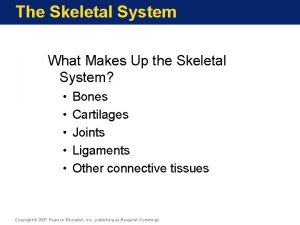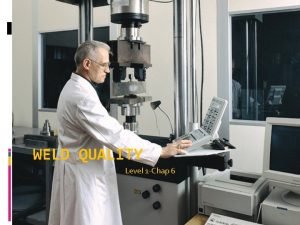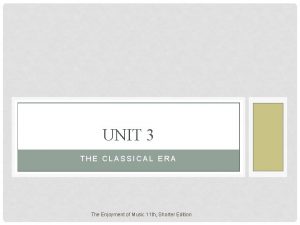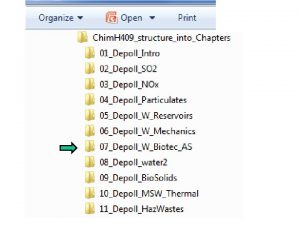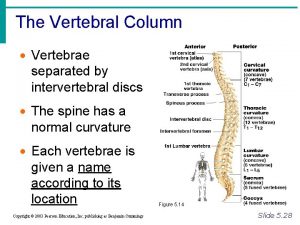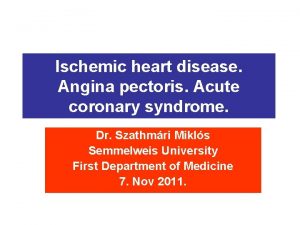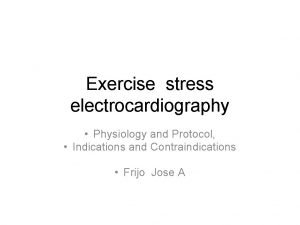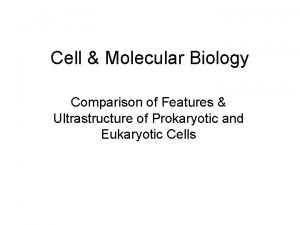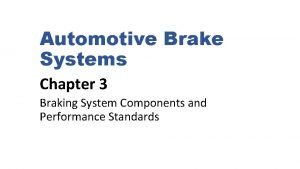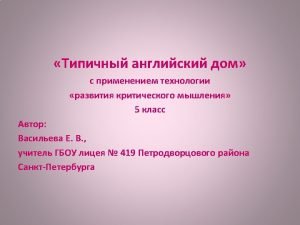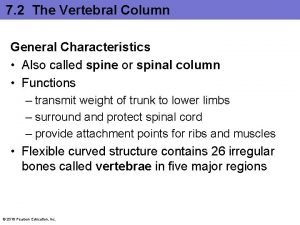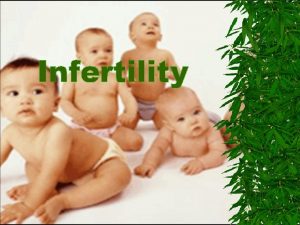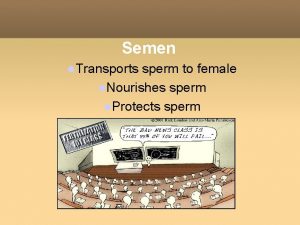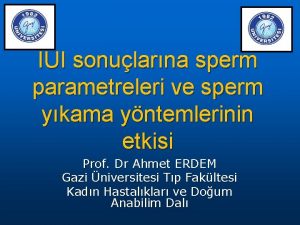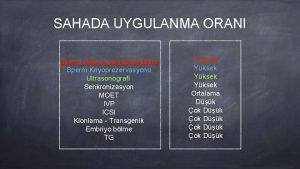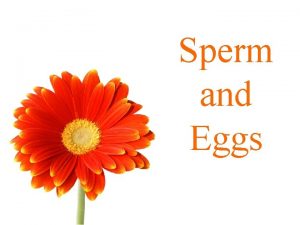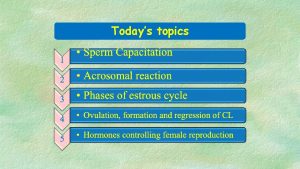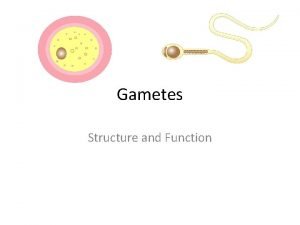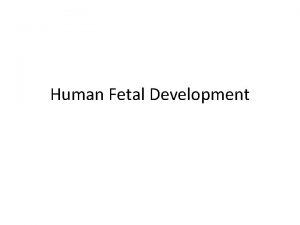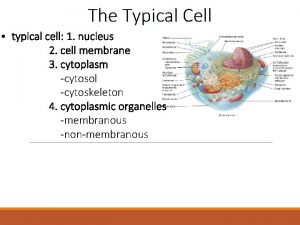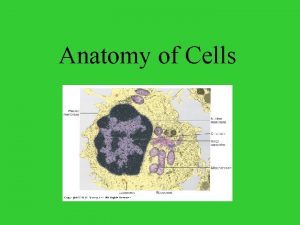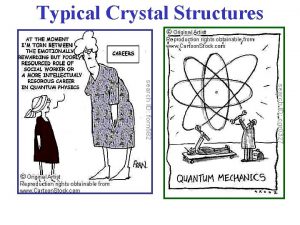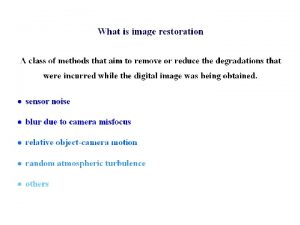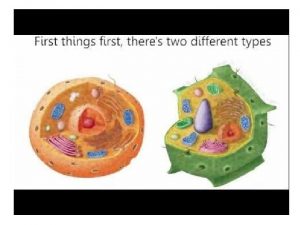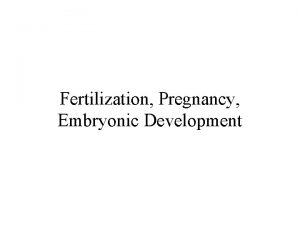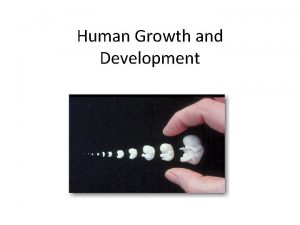HUMAN DEVELOPMENT Human sperm have typical sperm structure




































- Slides: 36

HUMAN DEVELOPMENT

Human sperm have typical sperm structure. The human testis looks like the primate testis you looked at in lab. http: //www. lab. anhb. uwa. edu. au/mb 140/Core. Pages/Male. Re pro/malerepro. htm www. denniskunkel. http: //www. ich. ucl. ac. uk/ich/html/postcards/

The human ovary has the same structure as the cat ovary you have looked at in lab.

Fertilization and early cleavage.

The second cleavage in a human zygote. Figure on P. 171 of your text.

Human cleavage 40 -50 hr 60 hr compaction Figure similar to that on P. 170 of your text. http: //arbl. cvmbs. colostate. edu/hbooks/pathphys/reprod/fert/cleavage. html http: //www. alphascientists. com/embryology_images/index. html

Strypsin protease digests hole in zona pellucida “Hatching” from the zona pellucida.

Human blastocyst - pre-implantation Plasminogen activator will be secreted by the trophoblastic cells that form the syncytiotrophoblast. See figure of 6 day human blastocyst in lecture packet

See figure of implanting 6 -7 day human blastocyst in lecture packet Plasminogen activator will be secreted by the trophoblastic cells that form the syncytiotrophoblast.

Heuser’s membrane is an ephemeral combination of extracellular matrix and hypoblast cells. See figure of 8 day human embryo in lecture packet

See figure of end of second week human embryo in lecture packet

See beginning of 3 rd week human embryo in lecture packet - primitive streak forming.

Figure illustrating spread of mesoderm between epiblast and hypoblast - like what happens in chicken embryos.

Movements in Gastrulation figure in lecture packet.

Human neurulation figure in lecture packet. By the end of the 3 rd week, chordin and noggin secreted by the chordamesoderm have blocked BMP-4. As a result, neurulation occurs.

Figure of human primitive streak and neurulatiopn at web link below http: //www. biology. iupui. edu/biocourses/n 100/2 k 4 ch 39 repronotes. html

“Sequence of flexion in longitudinal section” figure in lecture packet.

Fourth week human embryo figure in lecture packet.

Eighth week human embryo figure in lecture packet.

Carnegie stages of human embryos

The Virtual Human Embryo Project Carnegie stage 13 - human embryo

The Virtual Human Embryo Project Carnegie stage 13 - human embryo

The Virtual Human Embryo Project Carnegie stage 13 - human embryo

CLASSIFICATION OF THE HUMAN PLACENTA * Chorioallantoic placenta - chorion and allantois form placenta *Hemochorial placenta - villi that are formed from the chorion are bathed in blood. Figure on page 290 of your text *Deciduous placenta - tears away from the uterine wall at birth causing hemorrhaging.

Figure on page 284 of your text

Figure of 13 th day blastocyst in lecture packet. Syncytiotrophoblast and Cytotrophoblast

Development of the human placenta Figure of placental development passed out in class

Figure of placental development passed out in class

Figure of placental development passed out in class

Figure of placental development passed out in class

Figure of placental development passed out in class

Figures on pages 284 and 290 of text.

33

Turn on pic-in-pic

Conjoined twins • May be caused by both genetic and environmental factors • 1 in every 40, 000 births, but often still born • 1 in every 200, 000 live births • 75% are still born or die within 24 hr of birth • More often female than male (3: 1)

 Why are sperm whales called sperm whales
Why are sperm whales called sperm whales Typical animal embryos have
Typical animal embryos have How many chromosome does a sperm cell have
How many chromosome does a sperm cell have Function of multipolar neuron
Function of multipolar neuron Figure 6-2 structure of a typical bone
Figure 6-2 structure of a typical bone Figure 6-2 structure of a typical bone
Figure 6-2 structure of a typical bone 6 faces and 12 edges
6 faces and 12 edges Identify the structure
Identify the structure Genetics
Genetics Human needs and human development
Human needs and human development Chapter 8 human needs and human development
Chapter 8 human needs and human development Gni definition ap human geography
Gni definition ap human geography In a typical asme welder qualification test
In a typical asme welder qualification test A typical sequence of movements in a classical concerto is
A typical sequence of movements in a classical concerto is Typical graph
Typical graph Typical composition of untreated domestic wastewater
Typical composition of untreated domestic wastewater Spinous processes
Spinous processes Sequence of supply
Sequence of supply Qualitative sampling technique
Qualitative sampling technique What does jennifer peters do on a typical day?
What does jennifer peters do on a typical day? Holistic technology in human values
Holistic technology in human values Typical manor house in medieval europe
Typical manor house in medieval europe Annual inspection logbook entry example
Annual inspection logbook entry example Typical vs atypical chest pain
Typical vs atypical chest pain Typical hungarian breakfast
Typical hungarian breakfast Typical chest pain
Typical chest pain Roof steel truss design
Roof steel truss design Snow job tactic
Snow job tactic Typical eukaryotic cell
Typical eukaryotic cell Alsace lorraine food
Alsace lorraine food A typical brake pedal position (bpp) sensor/switch is
A typical brake pedal position (bpp) sensor/switch is Components of a typical brake system
Components of a typical brake system Ds define
Ds define Typical english house
Typical english house Typical cloud architecture
Typical cloud architecture Vertebral arch
Vertebral arch Bestmilk
Bestmilk
